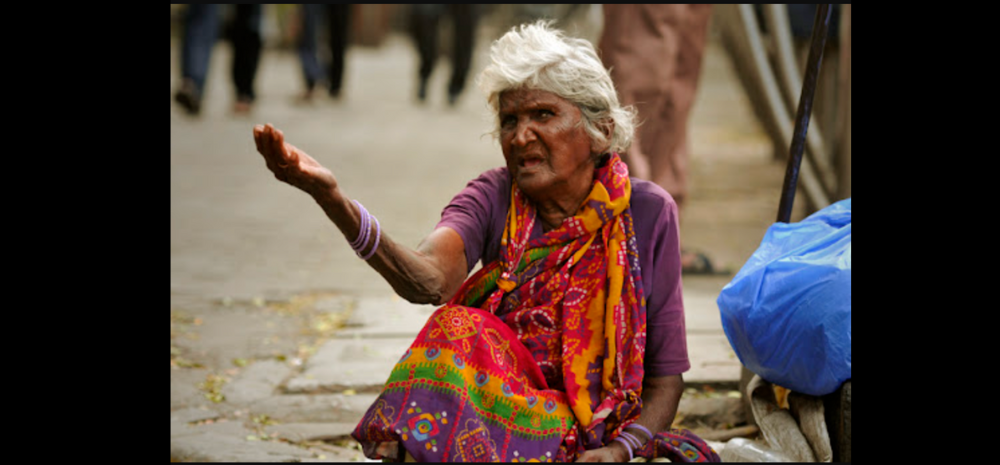The recently released UN Global Multidimensional Poverty Index 2024 reveals staggering statistics on global poverty. Of the 1.1 billion people living in extreme poverty, India accounts for the largest share, with 234 million individuals living in poverty. This puts India ahead of Pakistan (93 million), Ethiopia (86 million), Nigeria (74 million), and the Democratic Republic of the Congo (66 million). Together, these five countries represent nearly half (48.1%) of the world’s impoverished population.

Children Bear the Brunt of Poverty
The report emphasizes the disproportionate impact of poverty on children. Around 584 million individuals under the age of 18 live in extreme poverty, comprising 27.9% of all children globally. In contrast, adults represent 13.5% of those living in poverty. The most significant concentration of poverty is seen in Sub-Saharan Africa and South Asia, where 83.2% of the world’s poorest reside.
Conflict Zones: A Hotspot for Poverty
The year 2023 saw the highest number of ongoing conflicts since World War II, displacing over 117 million people. Conflict regions house approximately 40% (455 million) of those living in poverty. Notably, 218 million of these individuals reside in active war zones, and 335 million live in fragile or conflict-affected areas. Gaza, a particularly distressed region, saw an estimated 83% of its population internally displaced by the end of 2023, with over 60% of its housing stock destroyed.
Multidimensional Poverty Index: A Comprehensive Measure
Since 2010, the UNDP and OPHI have released the Multidimensional Poverty Index (MPI) annually. This index assesses poverty based on various indicators, including housing, sanitation, electricity, cooking fuel, nutrition, and school attendance. Data from 112 countries with a combined population of 6.3 billion have been collected, offering a detailed understanding of the state of global poverty.
Conclusion
The 2024 Global Poverty Report underscores the urgency of addressing poverty, particularly in conflict-affected regions and among children. As the global community grapples with these challenges, the MPI remains a crucial tool for measuring and combating poverty on multiple fronts.













